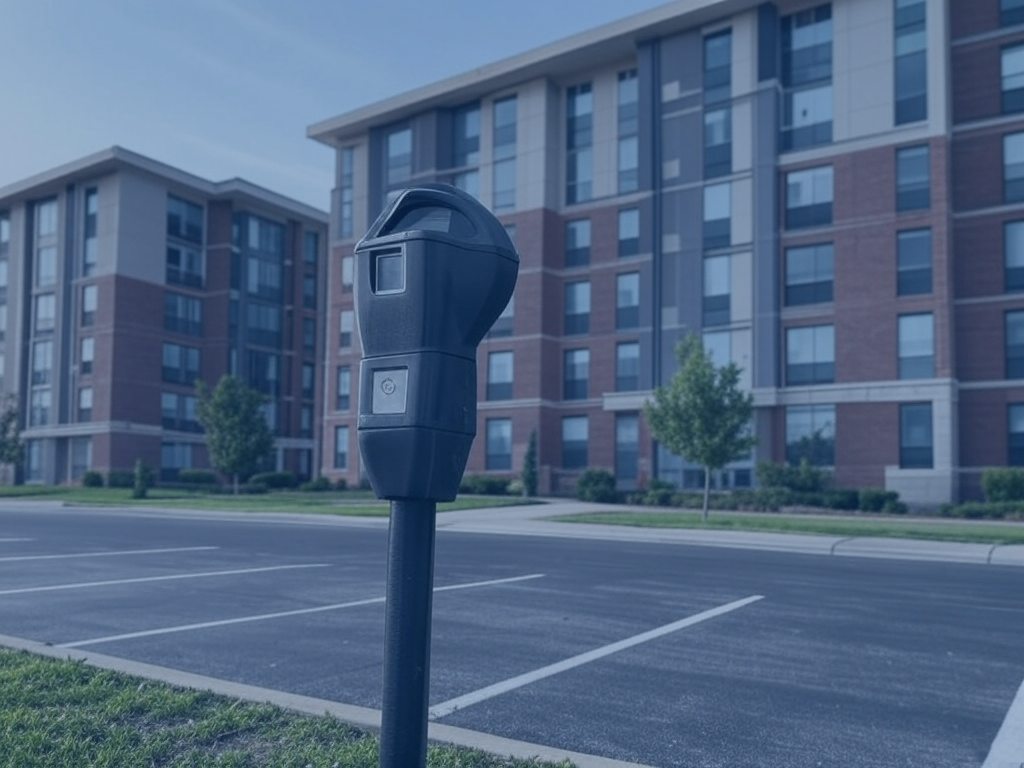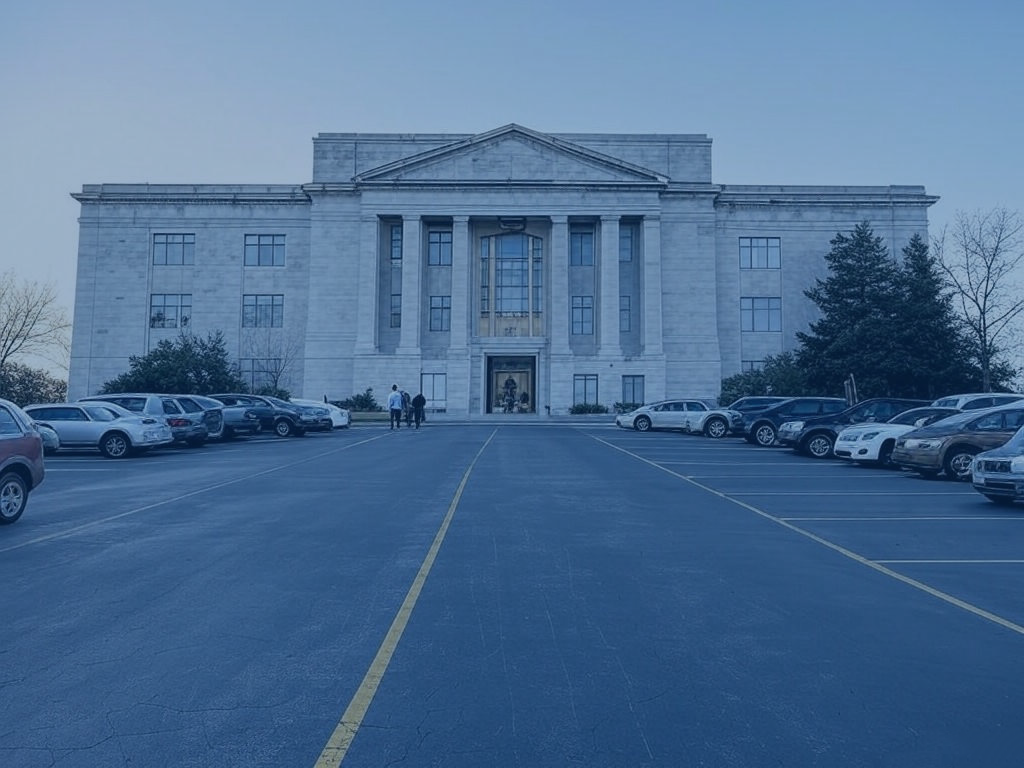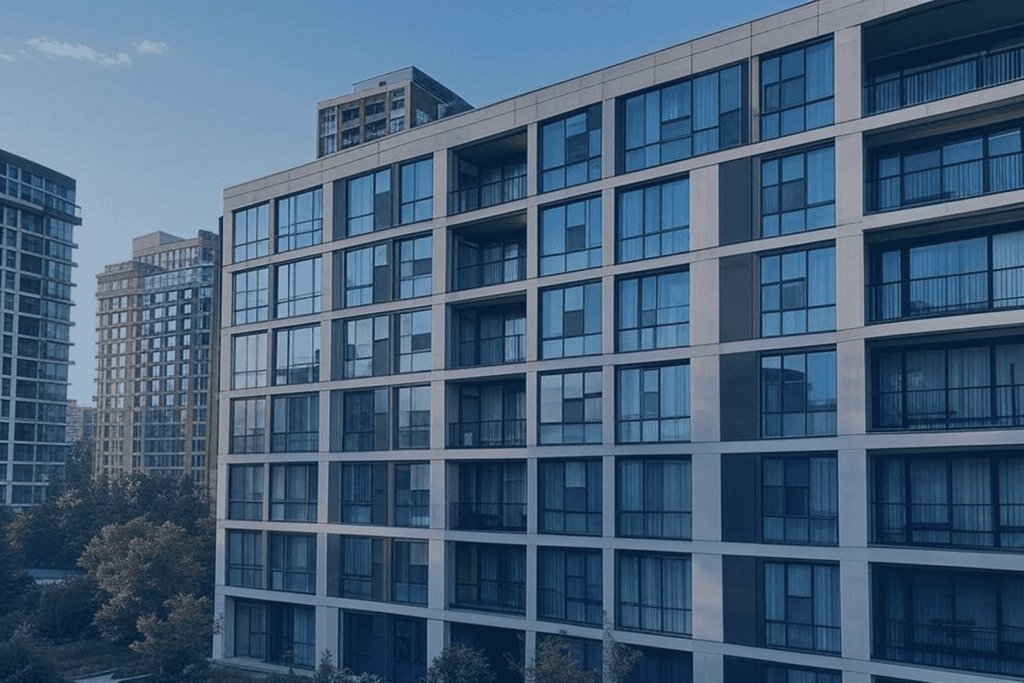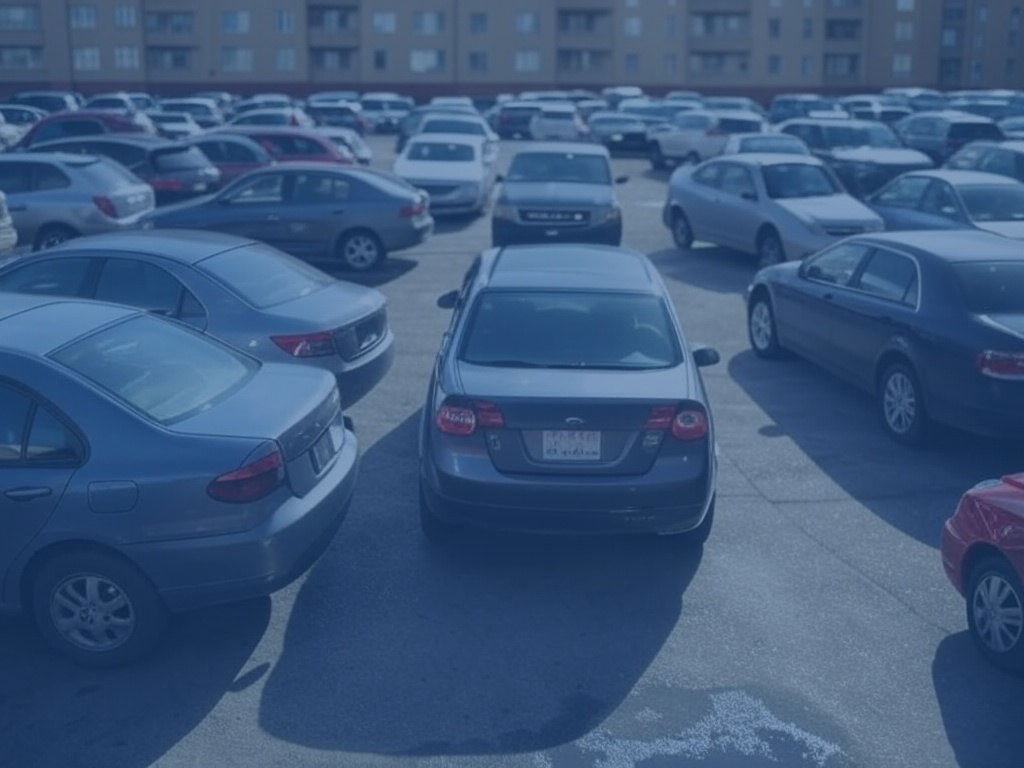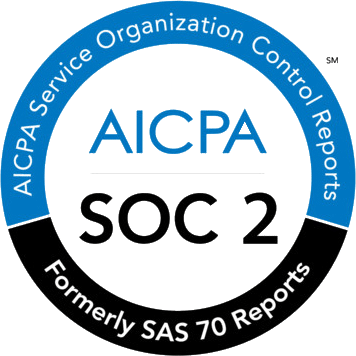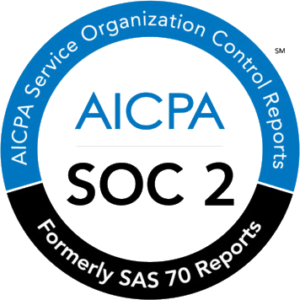“The single biggest factor influencing employee commuter habits is your organisation’s location. “
Identifying & changing employee commuter habits can be tough.
Some companies are located in legacy premises. These are often inextricably linked to their business model or company heritage.
In reality though, for the majority of businesses, the location is interchangeable.
Many businesses experience a change of locations over their lifetime for many reasons:
- A need for a bigger or smaller office due to a change in staffing numbers.
- A change in the property market where greater value can be extracted in a new location.
- A desire for a more modern office.
- A change in the local transport network which impacts staffing.
- An inability to attract and keep suitable talent.
Before any move, a few key questions must be asked in relation to commuter habits.
Learn how to manage employee commuting with our guides to parking, running, walking, cycling and public transport at work.
Table of Contents
ToggleHow Will The Organisation Be Impacted By Employee Displacement?
Moving a large number of employees from one location to another, causes disruption. A minute change in location can be the breaking point for a percentage of your commuters. Adding 20 minutes to either side of an employee’s commute can have serious consequences.
“Changes in office locations are a catalyst for disruptions in employee commuter habits.”
On average employees tend to plan their living arrangements around their work. This is particularly important for companies which have large amounts of long-term employees.
Remember personal finance, preferred lifestyle, and familial obligations can be restrictive. This means many employees will not be able to make the move with your organisation. This will extend their commute.
A change in location can influence an employee’s commute in several ways. Those who used to get a bus to work may need to drive because the bus routes no longer run from their house to the office. Alternatively, a person who used to walk now needs to cycle. Furthermore, the person who would get the tram now needs to take a bike-share scheme from the tram station.
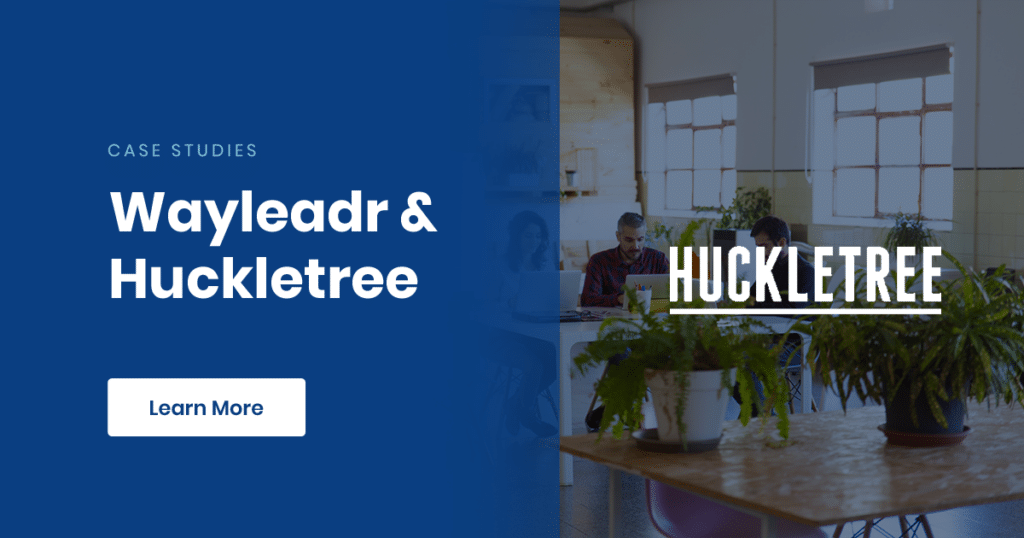
Are there housing alternatives available near my new location?
To put down roots in a particular area, you need to figure out how viable it is for staff to locate within the area. Particularly, if you see a long term future in the location.
“The amount of staff living within close to your office will impact on the mobility of your employees.”
When trying to find out the suitability of an area for your staff to live, you should bear in mind the following:
- Housing Supply: Is there a ready supply of housing in the area? Can the area sustain an influx of new people looking to move close to work?
- Cost of Housing: Is housing affordable? If you are working in a blue-collar industry with low wages, will an affluent area work. If your staff can’t afford to live near the office commuting choices will be impacted.
- Amenities: Who are your workforce and what do they need to live? Are they young professionals who want to live near trendy bars and nice restaurants? Or do they have families who need schools and sports clubs? If the immediate area of your office doesn’t suit the needs of your staff, they will migrate to the nearest areas. This will dramatically alter their commuter habits.
Is there good public transport links?
When planned and encouraged public transport really moves the dial on your commuter program. What do you need to look out for?
- Routes: Is your office near the tram, train or bus routes? Where are the routes travelling from and going to? Do the patterns show any correlation with where your employees live?
- Frequency: How often do public transport run? Will people use the bus if it only runs once every 2 hours?
- Interchangeability: A massively overlooked area is the interchangeability of public transport. A lot of people won’t be lucky enough to live on a direct route to your office. If they can switch transport in 5 minutes it is unlikely to be a massive deterrent. Long waits of 15 minutes plus are likely to push people closer to opting for other transport methods.
- Cost: Surprisingly in some countries, public transport is actually super expensive. For example, a monthly pass on London’s Tube can cost up to €400 a month. Would this be affordable for your staff?
- Reputation: Is public transport perceived to be safe, reliable, clean?
What are the parking facilities?
Parking is a key commuter benefit. A consideration when moving any office is the number of parking spaces required. To determine your organisation’s next steps, you need to analyze three key areas.
Learn how leading software company Version 1 managed their office move with Wayleadr.
What are the employee profiles within your company?
Deciding the most important employee commuter benefits takes consideration.
Some demographics are likely to be much more dependent on cars than others. A young, single graduate will commute to work in whatever way is handiest or cheapest. A parent of three children who needs to do the school run every morning will prefer a car.
The salary brackets of your employees also play a role in the vehicle choice. If your average wage bill is low in comparison to the cost of property employees will live far away. This means other modes of transport besides the car are not practical.
When assessing what parking benefits you need, start by figuring out employees’ profiles. This allows you to draw insight on which staff need to use a car regularly as opposed to staff who simply choose to do so.
What is the work-based necessity of having a vehicle?
Does the nature of your business mean some staff members need cars for work? Do they spend lots of time out of the office meeting customers and clients? If so, the parking needs of the employees must be taken into consideration when they are at the office.
Revamp your commuting & transportation operations
Find out how Wayleadr can help you optimize transportation operations and reduce transportation-related issues
Get a DemoWhat were the parking facilities at the previous company location?
When moving locations, it is very easy to make assumptions. You might use 50 parking spaces now, so that’s all you will need in the new office.
However, moving offices is going to massively transform the transit benefits your company needs to provide. Consult with staff so that you can ensure your new office is fit for purpose. Go out of your way to cater for the inevitable changes in how your staff will get to work.
Get ahead of your big move with Wayleadr.com, the parking software trusted by Sanofi, Indeed.com & CBRE, reach out today to schedule a demo.

